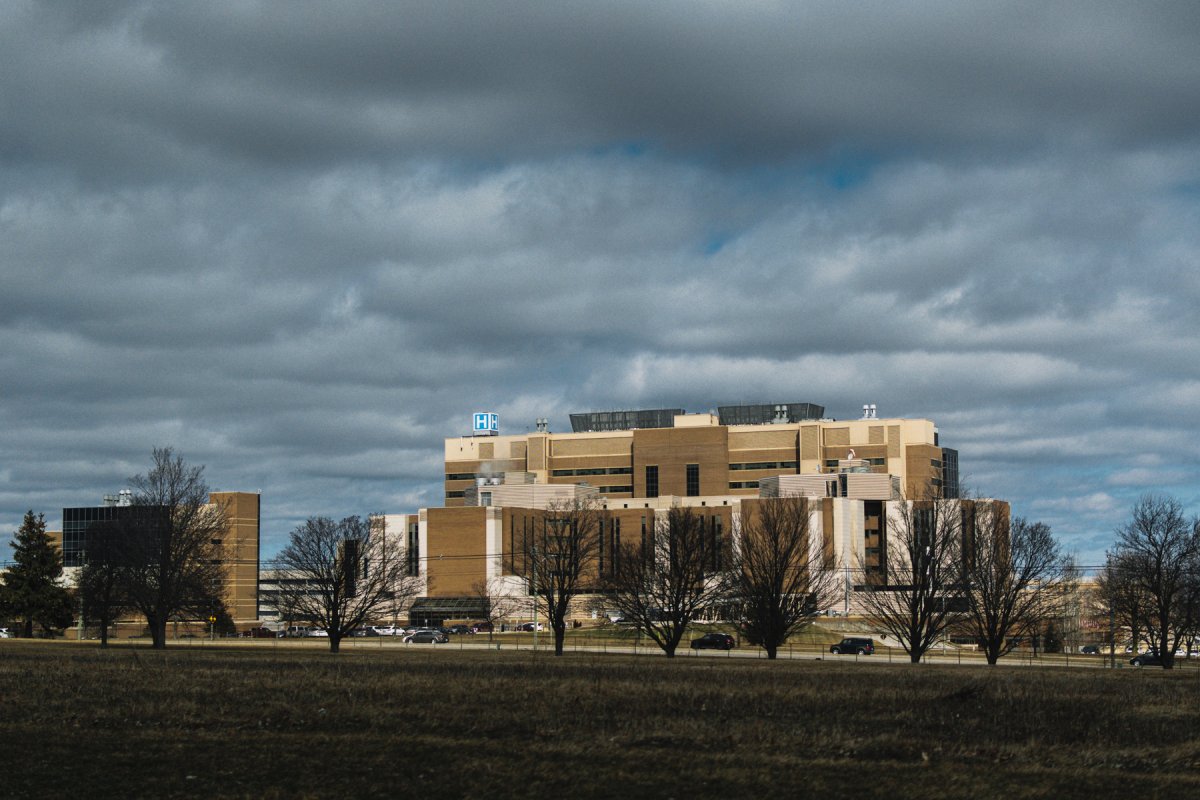As hospitals across the province grapple with lengthy patient wait times and staffing shortages, London, Ont., NDP MPPs say they have scheduled a town hall Thursday night to discuss the issue and to hear concerns from local constituents.

The town hall, which will be held at Goodwill Industries on Horton Street at 7 p.m., is aimed at addressing “the health care crisis and impact of privatization in Ontario’s public health care system,” a party advisory reads.
Word of the town hall comes a day after London Health Sciences Centre reported significant wait times of more than 15 hours in its emergency departments for non-urgent matters. Earlier in the day, the organization saw a spike in wait times exceeding the 20-hour mark.
It comes as LHSC, like other hospitals across the country, deal with human resource challenges brought on by retirements and people leaving the profession, and frustration over frozen wages as a result of the province’s controversial Bill 124.
“It’s really a situation where we’ve had the one-two punch of COVID and then Bill 124, and it’s the consequence of this government’s neglect of the health-care system,” said London North Centre MPP Terence Kernaghan, one of three MPPs hosting Thursday’s town hall.

Bill 124, which capped public sector salary increases at one per cent a year for three years, was a slap in the face for nurses who have done so much during the COVID-19 pandemic, Kernaghan said.
“So many people have left the profession, and the nurses who are still working, I’ve been speaking with many who … they graduate, they get hired, and within two months, they’re looking after entire departments and floors.”
The bill is expected to save Ontario $9.7 billion on public-sector salaries and wages, according to the province’s Financial Accountability Office, however a court challenge by public-sector unions is aiming to overturn and repeal the law.

Get weekly health news
The unions argued before the Superior Court last month that Bill 124 was unconstitutional and infringed on their collective bargaining rights. The judge hearing the matter reserved his decision.
If successful, the challenge could cost the province $8.4 billion over five years, including a potential $2.1-billion in retroactive payments to the majority of workers who have already been impacted by the law, according to The Canadian Press.
The FAO’s report, released late last month, said Ontario needs to hire more than 138,000 new workers in the public sector, long-term care, home care and child care over the next five years.
The report noted that public-sector wage growth in the province is below inflation, and below the average raises seen among the private sector and municipal and federal employees in Ontario.
“What they need to do is they need to spend the $2.1 billion that they’ve been hoarding that was released by public accounts. They need to put that money on front lines,” Kernaghan said of the government, referring to the $2.1-billion surplus the province reported ending 2021-22.
“They need to pay nurses what they they’re worth. Scrap Bill 124 … but also certify internationally trained professionals faster. Have a campaign to promote flu and COVID vaccination. Give people permanent paid sick days.”
The province says it plans to add up to 6,000 nurses and PSWs, with the goal of freeing hospital beds and expanding models of care to avoid unnecessary ER visits, and has added more than 3,500 new critical care, acute, and post-acute hospital beds, as well as more than 11,700 health-care workers.
Ontario’s health minister, Sylvia Jones, has also directed the College of Nurses to move forward with regulatory changes to make it quicker for internationally-trained nurses to practice in the province. The province says more than 1,000 have been deployed to hospitals across Ontario.
Last month, LHSC reported having roughly 540 vacant nursing positions it needed to fill.

“What is most scary, is this government needs to stop their scheme to shovel public money into the for-profit-private clinics and hospitals that they’re trying to do right now,” Kernaghan charged.
In August, Jones announced that more publicly-covered surgeries would be performed at private clinics in a bid to ease surgical backlogs and hospital pressures.
Kernaghan, however, says he believes the Ford government’s ultimate goal is to, “destroy our public health-care system,” and make it reliant on private, for-profit clinics.
“So many nurses have shared with me, through tears, that they can’t deliver the proper care that they know they can because there’s not enough of them,” he said.
In a statement, a Ministry of Health spokesperson said that the government was aware that other provinces were facing the same pressures in Ontario, “and that more work needs to be done.”
“We look forward to continuing to work with all partners, including Ontario Health and the 140 public hospital corporations, the regulatory colleges, and health sector unions, to address any challenges and keep Ontario open,” said Hannah Jensen.
Jensen said the province is investing more than $5 billion in support of the health-care system, and is “building and improving dozens of hospitals” across Ontario.
“Our government also continues to work in partnership with Middlesex-London EMS to provide them with the support they need to maintain ambulance availability in their community,” she added.
“This includes the Land Ambulance Services Grant of over $20 million and over $670 thousand in funding for the Dedicated Offload Nurses Program.”
— with files from Allison Jones of The Canadian Press












Comments